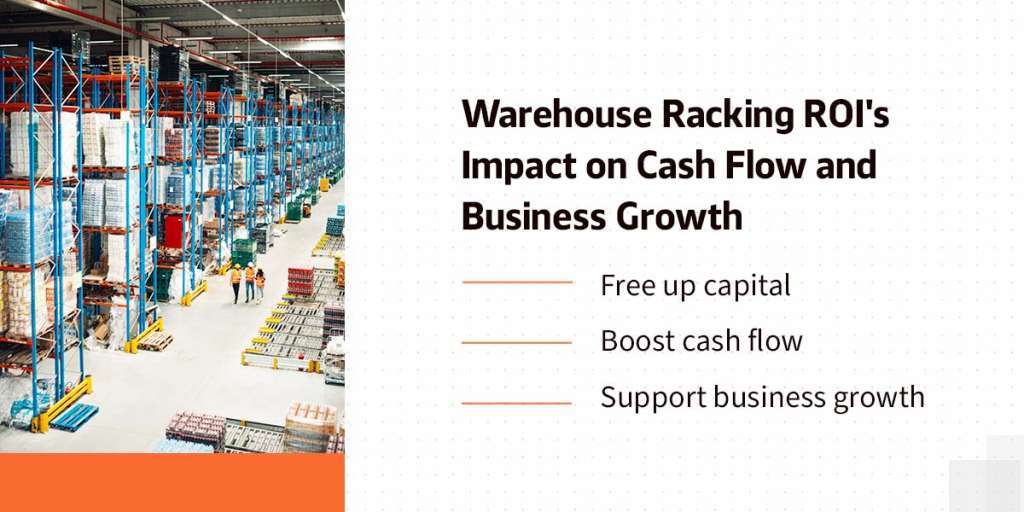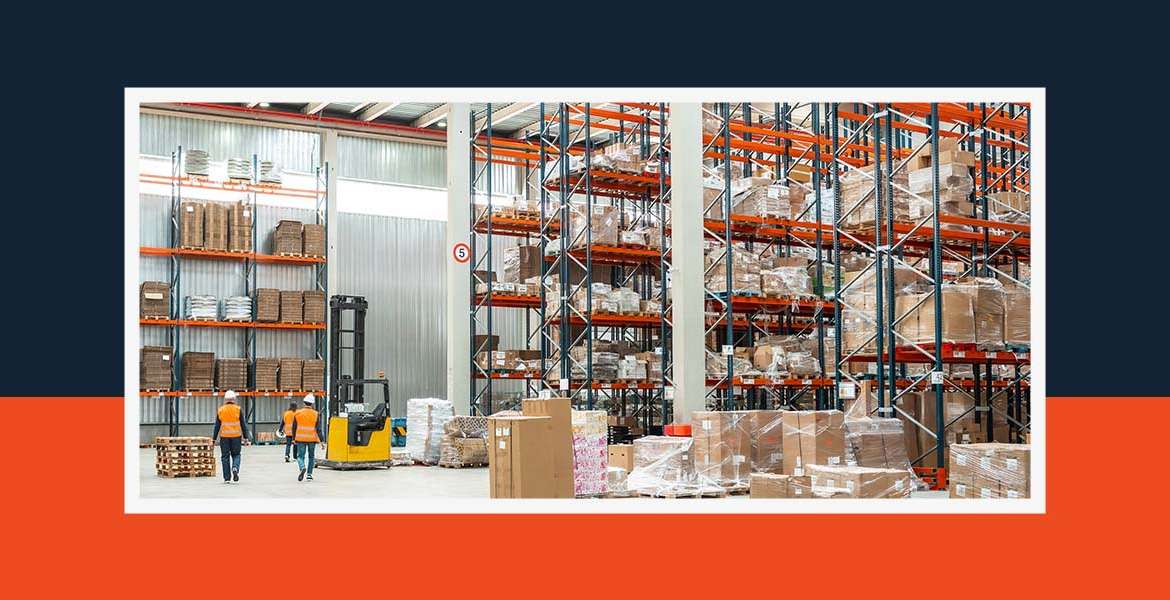A durable, well-made warehouse racking system can transform your business operations, helping you improve efficiency, productivity and organization. These practical setups could also provide your company with surprising cost savings. Learn more about the tax benefits of warehouse racking in our quick informational guide.
Options for Warehouse Racking Tax Savings
If your business is considering investing in a new warehouse racking system, you can explore two main tax savings options — depreciation and tax credits.
1. Depreciation and Accelerated Write-Offs
Under Section 179 of the United States tax code, business owners can deduct the initial cost of qualified depreciable business assets when they are first put into service. This deduction differs from bonus depreciation, which allows you to deduct a percentage of the cost of assets. While businesses can use both depreciation write-offs, Section 179 offers the unique benefit of being able to deduct the full cost of assets immediately.
The Section 179 deduction is limited to specific types of property. Some qualified assets you can deduct under Section 179 fall under the tangible personal property category, which includes warehouse racking systems. While most assets that qualify for Section 179 also qualify for bonus depreciation, exceptions exist. A tax professional can help determine the best method for your situation.
How to Claim a Section 179 Deduction
Any business can take a Section 179 tax deduction, so long as they have enough net income to absorb the deduction. Additionally, the items you plan to deduct don’t have to be paid for yet — if you have a valid invoice showing proof of purchase, you can deduct them. Those considering a warehouse racking write-off should review their business income, the cost of the system they want to buy and Section 179 deduction limits.
For example, let’s say a business makes $500,000 of net income and purchases a warehouse racking system for $75,000 in 2024. That year, the maximum Section 179 deduction was $1,220,000, so the system would fall under that limit. It also doesn’t exceed the business’s net income, so the business can deduct the full purchase price of the system for its 2024 taxes. If the business had a much lower net income, it might consider using bonus depreciation to deduct a portion of the cost and carry forward the remaining depreciation to future years.
Once you’ve verified your purchase is eligible, buy it and put it into service during the tax year. Be sure to keep all records related to your purchase filed away so you can use them for the deduction. When it’s time to file your business’s taxes, complete and submit Form 4562 to claim your deduction.
2. Tax Credits and Incentives
The IRS offers numerous business tax credits. While Section 179 provides the most direct path for tax savings for warehouse investments, your company may also be able to benefit from the General Business Credit and individual credits that are part of it. For example, the racking system you choose might incorporate energy-efficient materials or features. In that case, your business may qualify for the Investment Credit, which covers rehabilitation, energy and reforestation credits.
It could also be beneficial to look at adjacent credits for other parts of your warehouse. Maybe your company plans to install a refueling system for alternative fuel vehicles. In that case, you may be eligible for the Alternative Fuel Vehicle Refueling Property Credit. This business credit wouldn’t help your warehouse racking purchase, but it would help you reduce costs in another area of your warehouse.
Check your state and local municipality’s tax codes for any other tax incentives your business may qualify for.
How to Claim Tax Credits
If you’ve identified that your warehouse racking system or a different purchase qualifies for a tax credit, you’ll want to start by calculating the credit. First, consider the basis of the qualifying asset. Then, multiply the basis by the applicable credit rate. With your calculation in mind, fill out and submit the required form alongside your taxes.
Warehouse Racking ROI’s Impact on Cash Flow and Business Growth
A high-quality warehouse racking system improves your operations in numerous ways, from boosting safety to maximizing space. These operational improvements directly translate into a stronger return on investment (ROI). When you also factor in the advantages of warehouse racking depreciation and tax incentives like Section 179, your business can benefit significantly.

- Free up capital: Through tax deductions like Section 179 or bonus depreciation, you significantly reduce the after-tax cost of your racking system. This frees up capital you can reinvest in other critical areas of your business, such as hiring additional staff to support growth or creating sales campaigns to attract new customers.
- Boost cash flow: A well-organized warehouse equals greater operational efficiencies. For example, streamlined inventory management helps you minimize losses from product damage. As a result, you can experience a larger, more predictable cash flow cycle.
- Support business growth: Investing in a system that offers increased storage capacity and improves team efficiency directly helps your business scale. With a new racking system, your business can handle larger order volumes, offer a greater variety of products and even move into new markets.
FAQs
Do you have additional questions about warehouse racking? Browse some quick answers to frequently asked questions:
1. Is a Warehouse Eligible for Bonus Depreciation?
Bonus depreciation is considered one of the tax advantages of warehouse upgrades. Many businesses use bonus depreciation when they hit the limit for Section 179. If you have warehouse assets that qualify for bonus depreciation, you can deduct a percentage of the purchase cost — up to 60% for 2024 and up to 40% for 2025. Note that bonus depreciation is gradually phasing out, with 0% able to be deducted in 2027.
2. What Is the Useful Life of Warehouse Racking?
Depending on the system you purchase, warehouse racking can last about 10-15 years. Prioritizing consistent maintenance can help your investment last even longer. Working with a trusted supplier can help you find a durable system that’s built to last.
3. Does Warehouse Racking Need to Be Certified?
Warehouse racking doesn’t need to be legally certified, as OSHA doesn’t mandate inspections. However, inspecting your system at different intervals is crucial to ensure it’s safe and operational. Many warehouses inspect their racking systems monthly, quarterly or annually, depending on the size of their operations and the materials they stock.

Contact Tennessee Rack to Get Started
A durable, custom-made racking system for your warehouse can offer you plenty of benefits beyond improved efficiency and organization. By taking advantage of depreciation and tax credits, your company can offset the system’s costs, helping you free up capital, increase cash flow and support business growth.
If you’re considering a new racking system, Tennessee Rack is your go-to partner. Since 2006, we’ve served businesses with varying racking needs, from small storage rooms to massive facilities. Let our expert team help you find and create the perfect racking system to help your warehouse scale.
Browse our selection of inventory shelving systems today, and contact us to learn more.
